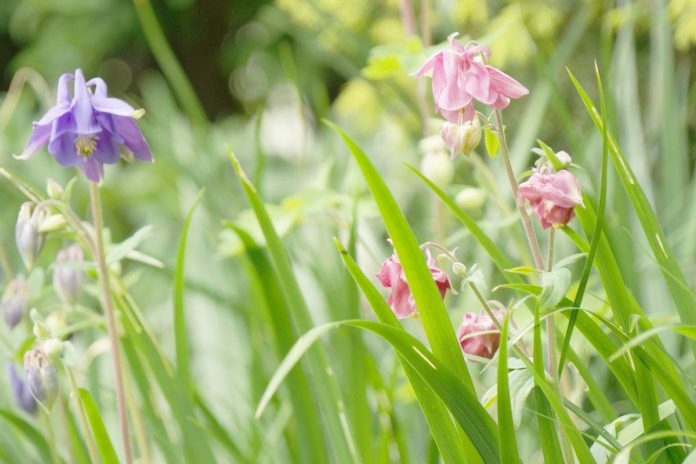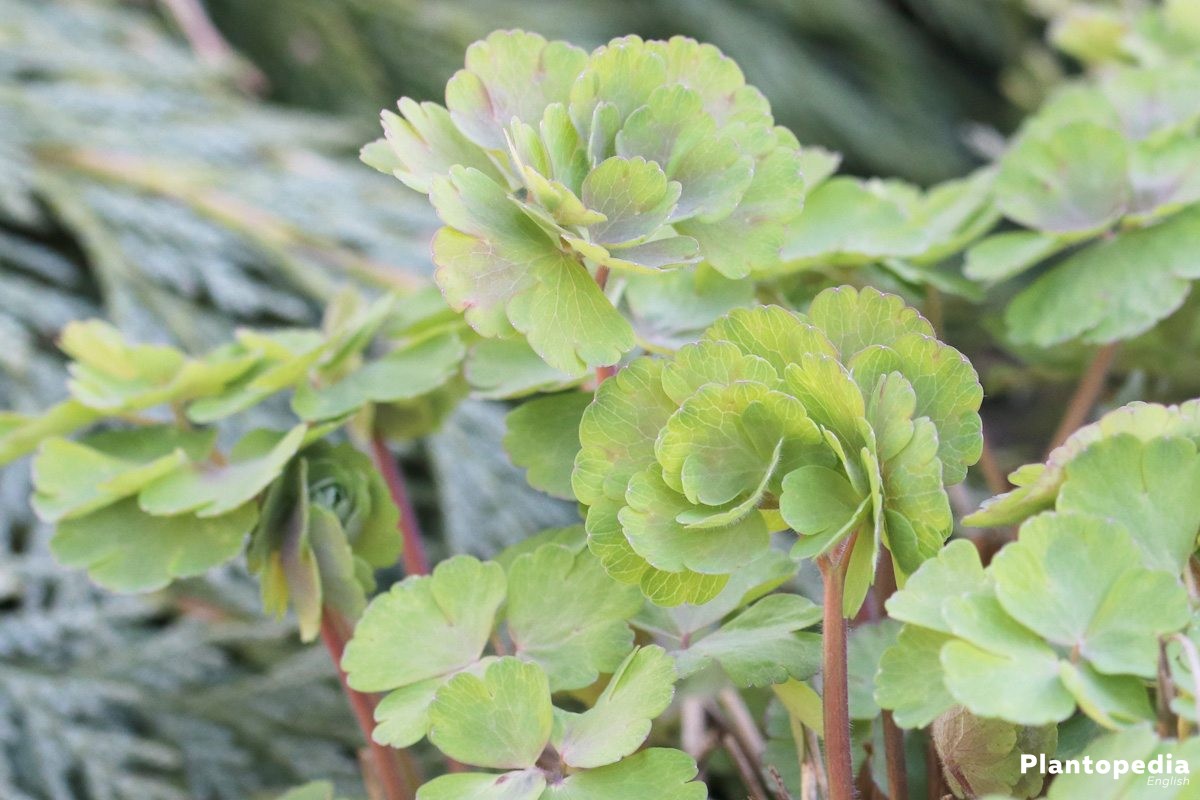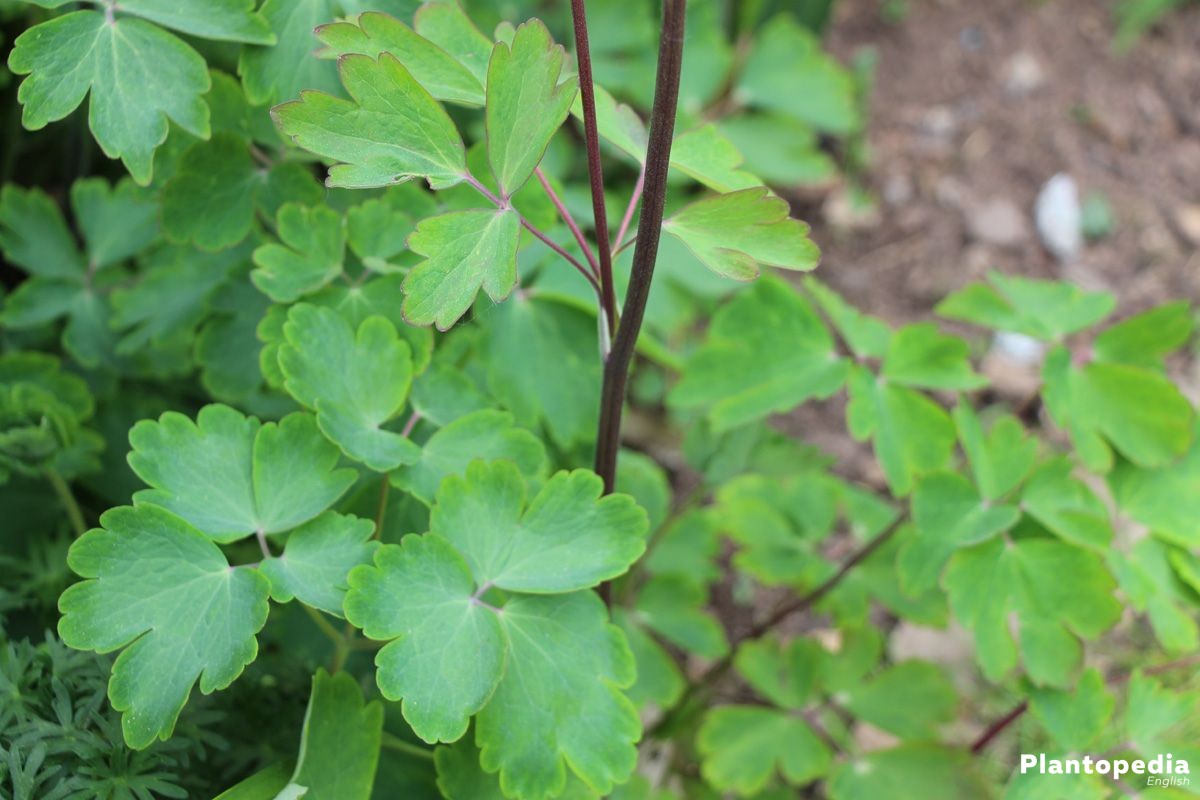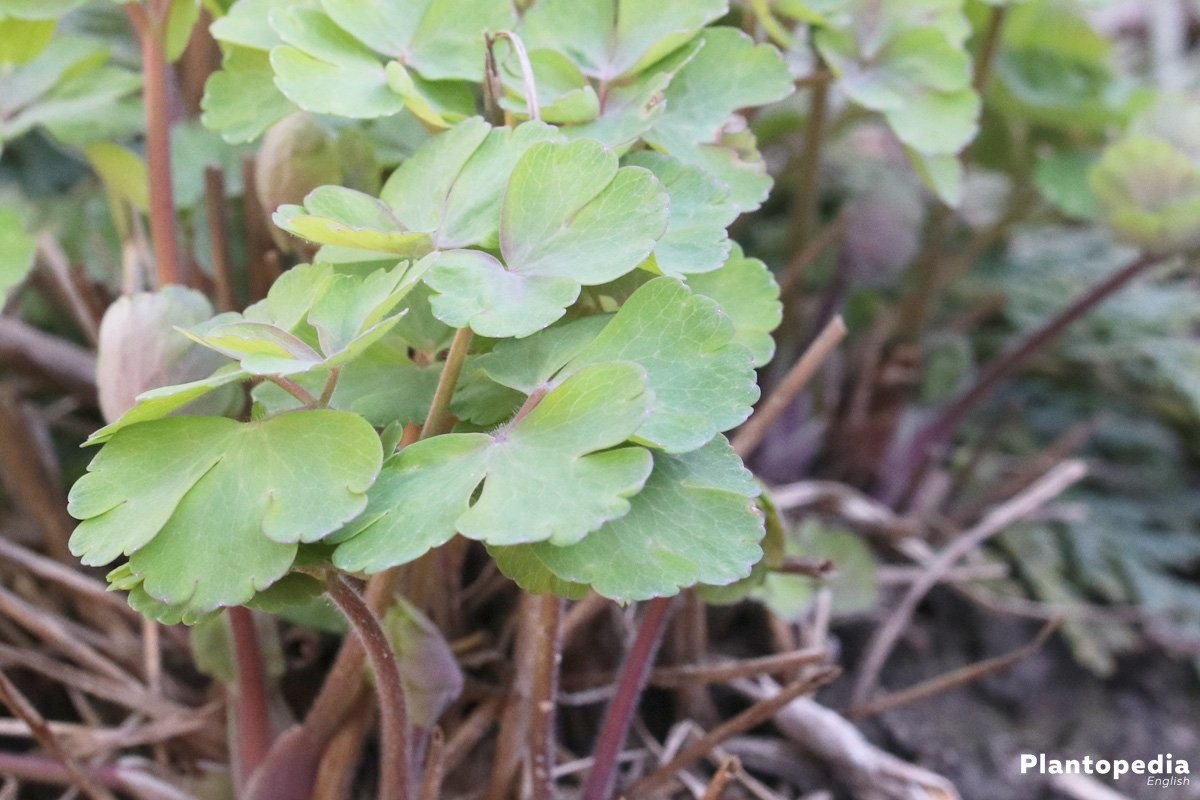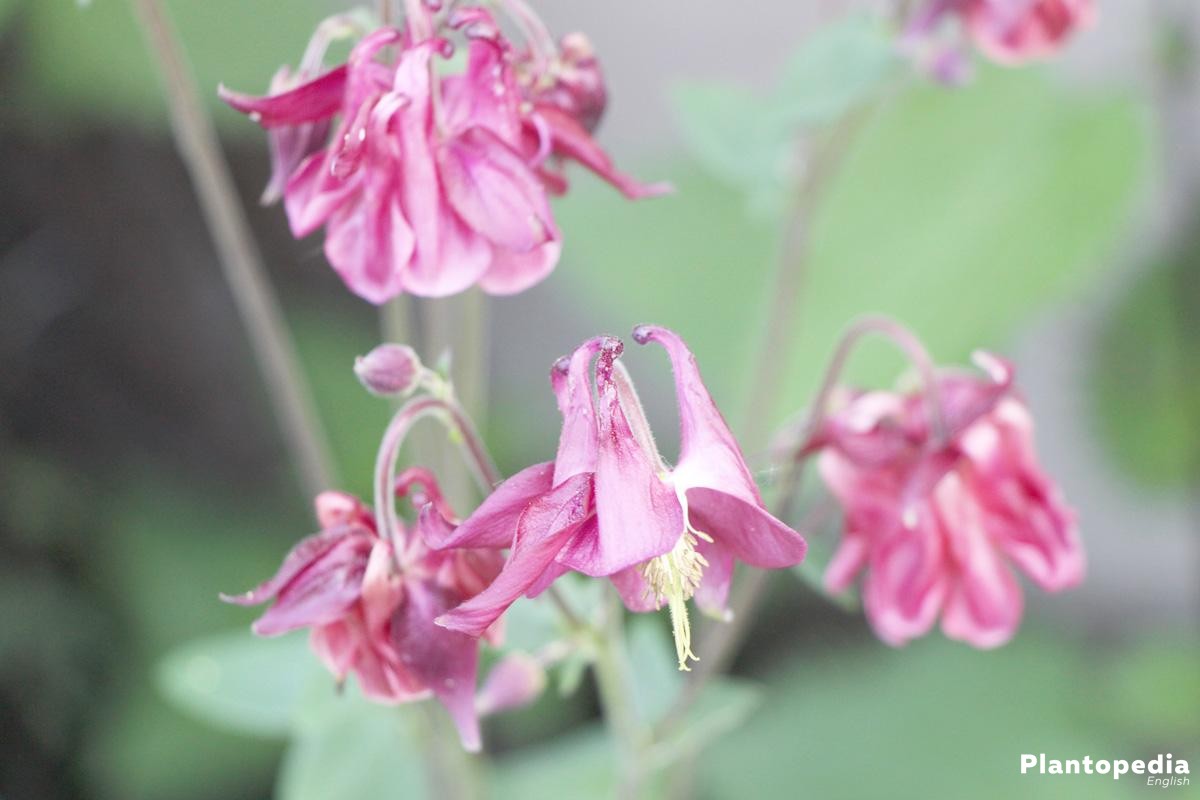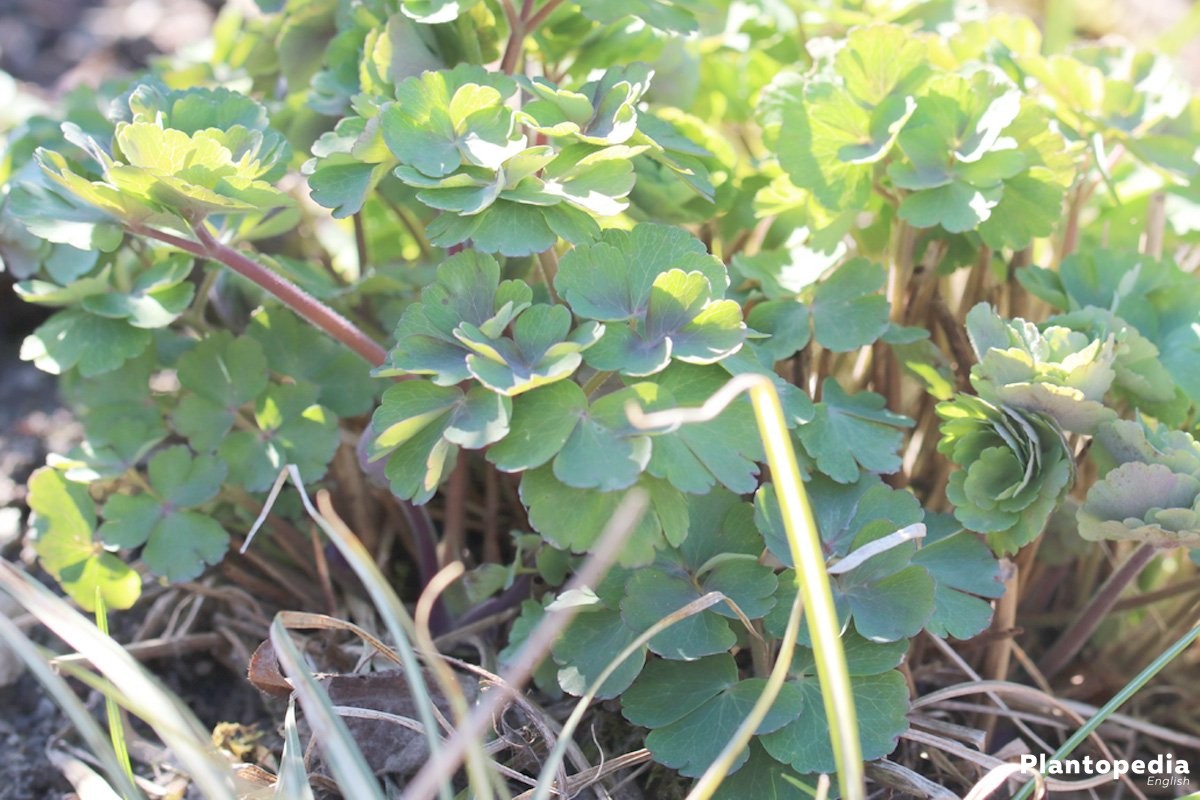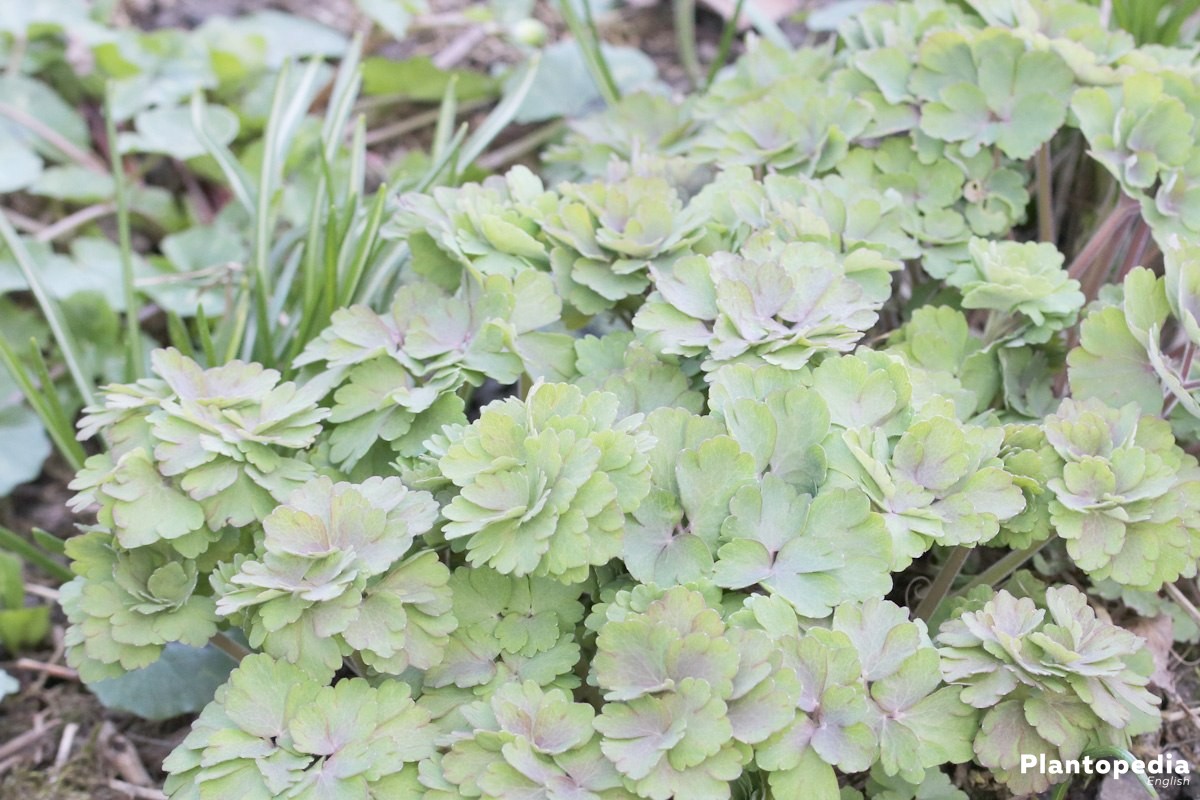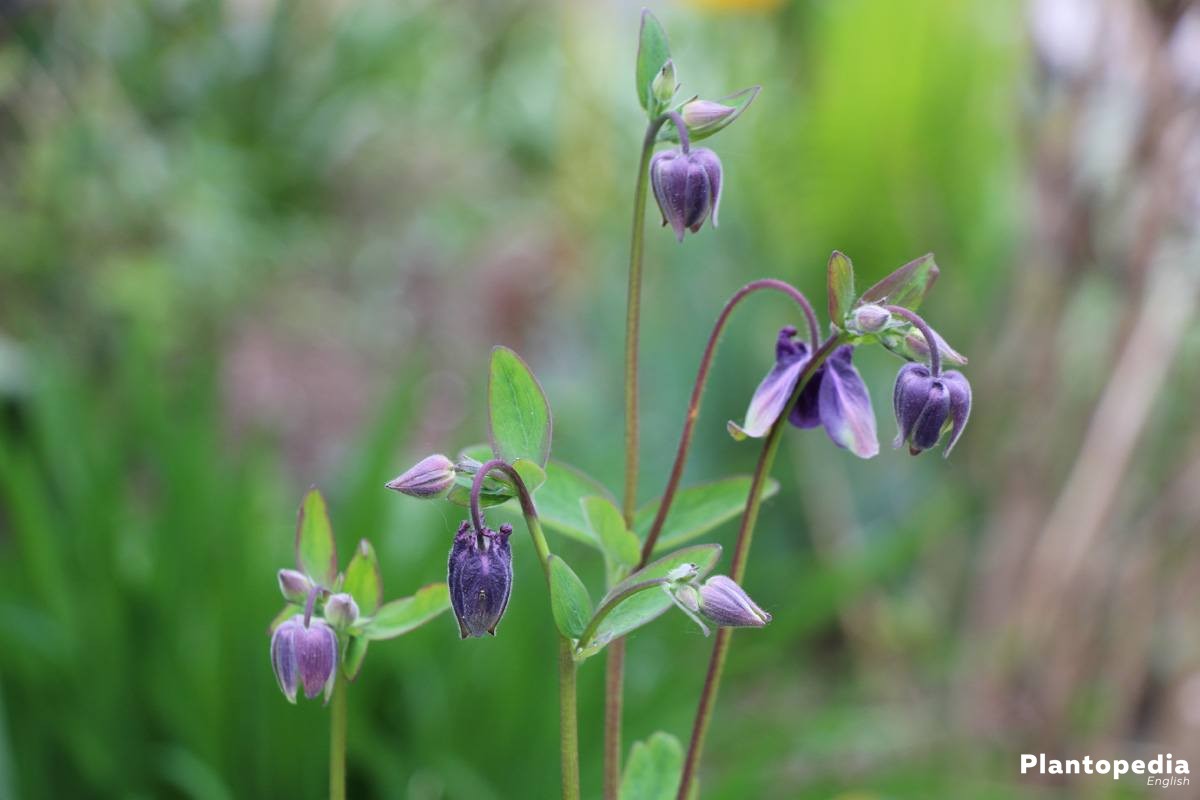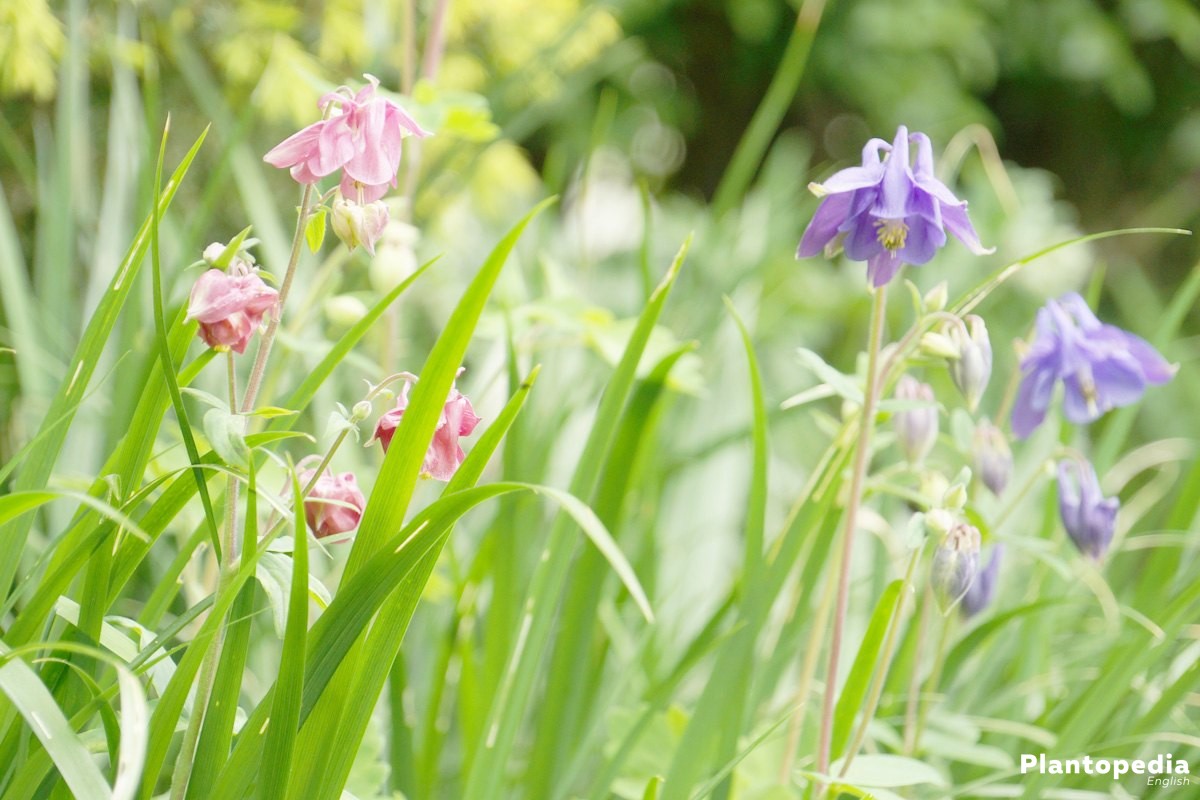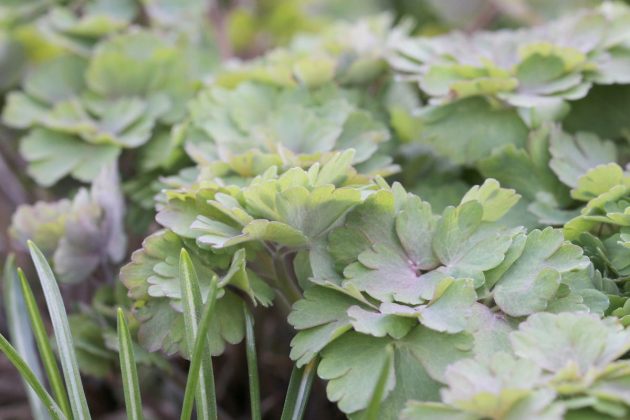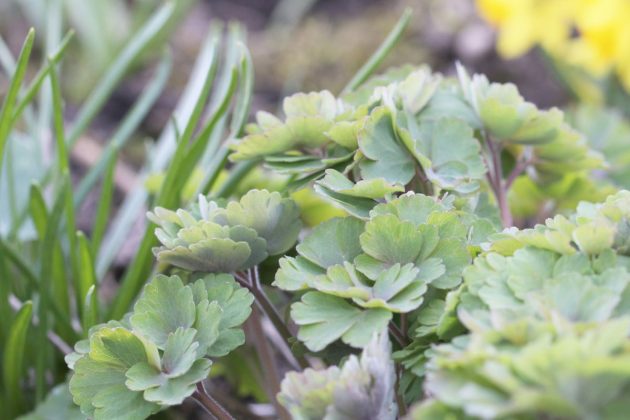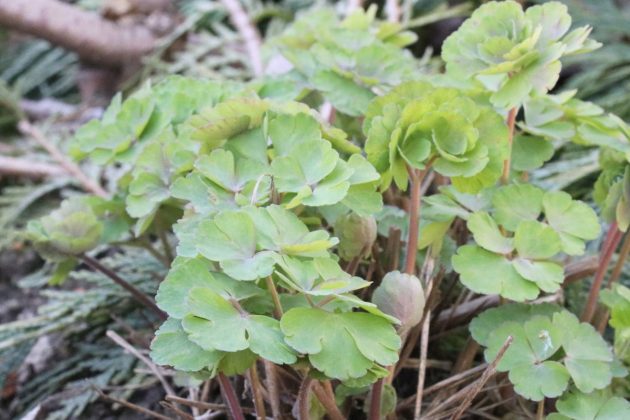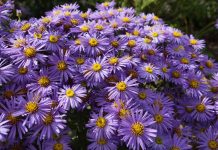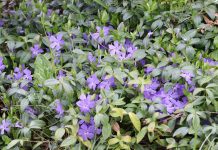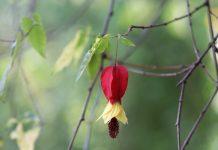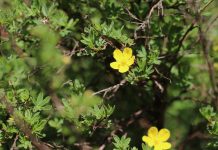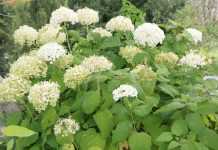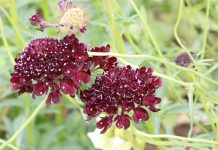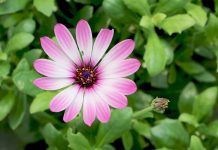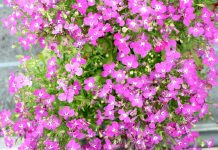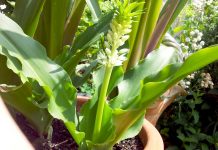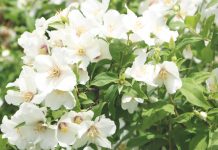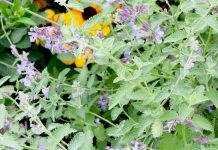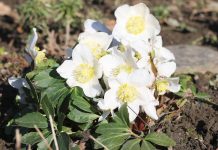The Columbine is one of the oldest blossom plants still existing today. The plant, with its distinguished elegance and its futuristic blossoms, has received many names throughout the human history: Elf shoe, god’s hat or even fool’s cap; to name only a few. This instruction will tell you how you can cultivate the low-maintenance Columbine.
Plant Profile
Contents
- Plant family: Ranunculaceae
- Species: Aquilegia
- Approximately 70 varieties and a slew of hybrids
- Trivial name: Elf shoe, fool’s cap, bell flower, gipsy bell, devil’s clock, god’s hat
- Origin: Moderate latitudes of the northern hemisphere
- Herbaceous, mostly three- to five year lasting plant
- Height of growth: 15 to 90 cm (variety dependent)
- Flowering period: Depending on the variety May to July
- Blossom: One to several colors, filled or unfilled
- summer green
Columbines belong to the winter hardy shrub plants which blossom in a multitude of colors in early summer. Even though the Columbine is a perennial plant, it ordinarily does not live that long. The elf-like shrub rarely reaches an age of more than four to five years. The Columbine does like, however, to cover a location with plants through self-seeding. The thickened root survives the winter inside the earth. Plant parts located on the ground are dying. In spring, little, ball-like leaf-buds are shooting out of the ground and roll out to be trilobite leaves and grow a thick habitus.
The plant species Aquilegia, stemming from the family of the ranunculus, has its home in all moderate climate zones or the northern hemisphere. Some varieties come from northern Africa. Today, the Columbine can be found in many gardens and parking areas, unfortunately not anymore in nature. It is extinct in many regions of Germany. That is why the unusual shrub is on the list of endangered plants and can thus not be picked or dug out.
Care
The ravishing shrub hides a near never ending repertoire of blossom plants presenting themselves in the most diverse colors and forms. As the varieties have slightly divergent location preferences, it is easy to find the suitable plant for the own garden.
Location
The colorful shrub is predestined for the planting in romantically styled gardens. Together with the campanula, rose or even pinks, it creates wonderfully aesthetic combinations. Through all of this, aquilegias prefer sunny spots while standing in a migrating shadow or a wall. The Aquilegia vulgaris, Aquilegia flabellata and the Aquilegia caerulea count as especially resistant. These universal varieties tolerate very sunny and dry spots in the garden with no problems and are indicative of their frost resistance.
- Light requirements: sunny to half shady
- Ideally shadowed by other shrubs
- Avoid persistent, full sun exposure
- The darker the location, the lower the growth height
The Columbine has a hard time competing against root competition. This is why one should not plant any plants with a strong growth and distinct root growth adjacent to the plant. Ideal neighbors are ground cover plants like phlox or cushion pinks, but also funkias and the watery heart are a perfect for a combination with the Aquilegia.
Soil conditions
The delicate Aquilegia is significantly more demanding regarding soil conditions. Except some exceptions, the shrubs prefer a loosened substrate which can nevertheless adequately save moisture.
- Moderately wet
- Humus
- Sandy
- permeable and nutrient-rich
- pH-value: strongly depends on the variety
- Stone garden varieties thrive in gravelly sandy soil
- In the bucket, potting soil is suited to be mixed with sand and grit
Prevent all location where the Aquilegia is threatened by soil wetness. None of the Aquilegia varieties like moist feet. There are however many varieties which can also handle dry and sunny conditions in a stone garden.
Planting
Planting time
Pot plants are, in spring, often solely available in garden centers or specialist shops. These can, directly after the purchase, be planted at the prepared location in the garden if there is no late frost to be expected. This is the case starting the middle of May. The seeds of the Aquilegias are much more often available; also tubers.
Planting in the bed
As the Aquilegia belongs to the perennial shrubs, it is worth it to ideally prepare the ground before planting in order to create the ideal starting conditions. In order to achieve this, meticulously rake the planting spot in order to loosen the ground and remove all roots, big stones and weeds. In order to make the ground water-permeable and to increase the amount of nutrients, add a few hands full of coarse sand to the compost. Shrubs like the Aquilegia look especially attractive, if they are planted in groups of 5 to 10 of the same kind.
- Distance between the plants: Half of the height of growth (depending on variety 20 to 40 cm)
- Plant together at least three plants of the same kind
- Adequately water the root bale in the pot
- Planting hole: Double the size of the planting vessel
- Insert a drainage out of grit at moist locations
Insert the Aquilegia on the same level as before and fill the hole with earth rich in humus. This should only be pressed on slightly as the roots are very fine and vulnerable. In order for the Aquilegia to properly grow in, it subsequently should be watered with a well-dosed amount of water.
Cultivation from seeds
As soon as the ground is frost free in spring and can be processed, a seeding directly into the earth is possible. Whoever wants to give their plants an advantage can pre-cultivate them on the windowsill from February or from March in a cold frame. Homegrown elf flowers have the disadvantage, that the gardener often will not see full blossoms. Only cut flowers are seeded into the bed on a large scale. In all other cases it makes sense to seed out the seeds of the Aquilegia in rows in order for them to be pulled out easier and subsequently planted.
- Open land: Middle of May
- Pre-breeding in the cold frame from March
- Pre-breeding in the house: February to April
- Mix seeds with fine sand
- Stray on the fine crumbled earth along a thin line
- Thinly cover with sand and carefully water
- Duration of germination: 5 to 6 weeks
The seeds should be kept constantly moist during the germination. As soon as the first real leaves after the germ leaves show, the young plants can be relocated to their final destination. With this variety, one should keep a distance of approximately 20 to 40 centimeters, which is about half the growth height of the Aquilegia.
Stratify
Some, not many, varieties of the Aquilegia, like the Aquilegia chrysantha, require a cold period right before germination. In order to reduce germination inhibition, the seed should be stored in a moist environment below 5 degrees. The seeds can either be placed four weeks early into open land (on a frost free day) or be stored in a bad with wet sand in the refrigerator.
Watering
The various Aquilegia varieties are growing the best on slightly moist substrate. Grown in specimens survive even dry periods well, even though the duration of the flowering could be better. Stone garden Aquilegias, like the dwarf Aquilegia (Aquilegia flabellata), are generally more tolerant regarding dry condition. Belonging to the dry resistant Aquilegias are most of the wild varieties, as they live in nature in heights of 500 and up to 4000 meters and have thus adapted to barren soil and dryness. None of the plants tolerates water logging.
Fertilizing
Growth strength and blossom willingness of the elf-like plant can be supported by adding fertilizer in spring. Suitable for this is ripe compost which should carefully be mixed among the garden soil. An alternative are horn shaving, horn meal and a long time universal fertilizer for shrubs. One should not use manure, dung and other mineral based fertilizers as they burn the fine roots of the Aquilegia. Aquilegias in a stone garden thrive in neutral or alkaline soil conditions better in the long run. Targeted increments of lime increase the pH-value and thus create an adequate environment for the beautiful flower. In order to root out mistakes, the gardener should not solely rely on his feelings. Test strips, which deliver a better result, can be purchased in stores.
Cutting
Cut out withered blossoms if you want to prevent a self-seeding from occurring. This is recommended in the case of multi colored delicate varieties, as the vital offspring grow back to the one colored natural form. If a shrub is being cut nearly to the ground, the effect in most cases will be a second, if significantly shorter blossoming. It is recommended to wear gloves as the shrub is classified as poisonous. Moreover, skin contact should be avoided.
Hibernation
The foliage will take on a red color as soon as late summer before eventually, the plant fully retreats into the earth. All varieties of the Aquilegia in our latitudes are classified as winter hardy. Its frost resistance lies, depending on the variety, between -20 and -40 degrees, so that even the coldest winters cannot do any harm to the shrub. For this reason, the Aquilegia does not require any winter protection.
Multiplication
An Aquilegia can be easily multiplied by self-seeding. It is often not desired that the offspring of some cultivation varieties with two blossoms retreat to the one color kind. Furthermore, the shrub can spread in such a way, that it becomes a plague in some way. Other than cultivation from seeds, the Aquilegia can be multiplied through division.
Seeds
Ideally, the Aquilegias are being planted in spring. This way, the shrubs have a sufficient amount of time to establish at their new location before winter. Keep in mind that self-collected seeds are, in regards to cultivation of the Aquilegia, not off single-origin. Whoever does seed them out, should be braced for surprise concerning the growth height as well as color and form of the blossom.
- Time: Spring (February until end of April)
- The seeds of most varieties do not have be processed before
- Substrate: Cactus earth, Seeding soil, Cultivation soil
- Germination temperature: 17 to 20 degrees
- Location: Half-shady
- Slightly moisten the substrate
- Spread seeds
- Do not spread to close
- Use an indoor greenhouse
- Alternatively flip over a transparent plastic bag
- Germination period: approximately 4 to 5 weeks
- Starting with a growth height of 5 cm: prick into single pots
- Plant into open land starting the middle of May
Exceptions are the cold germs like the Aquilegia chrysantha. They require a cold period of approximately four weeks. The seeds can be both placed in a bag with moist sand or be put with propagators into the freezer.
Division
With bigger shrubs it is possible to multiply them in summer directly after the flowering by division of the rootstock. This procedure is, in the case of the Aquilegia somewhat risky as the root neck is very slender.Time: Directly after blossoming
- Carefully dig out the plant
- Shake earth out of the root
- Cut rhizome with a sharp knife
- Cut from up to down
- Produce at most three parts
- Reduce foliage to half
- Dug in and water immediately afterward
- Keep a focus on the right location inside the ground
In order for the new plants not to be overwhelmed by the supply of new foliage, they first have to grow new roots after all, you should remove, before planting, about half of the leaves. After the weeks the plant will have recuperated and grow new leaves.
Diseases
There are no special diseases which affect the old crop. If the Aquilegia is being affected by mildew for instance, one indicator is a subpar location or care. The soil might possibly be too moist or heavy.
Parasites
Mealy bugs
Aquilegias are susceptible for mealy bugs’ infestations which suck on nearly all plant parts, but most of all the leaves and thus weaken the plant. Mealy bugs can be identified by a fine web which reaches over foliage. To remove the parasites, strongly affected plant parts are being cut of first. One can moreover carefully shower the leaves with water, including the lower side of the leaves.
Columbine gall midge
The delicate buds of the Aquilegia can also be infested by the gall midge. The tiny insects can hardly be detected due to their small size of two millimeters. Many gardeners do know their larvae though, which are colored red. In most cases it suffices to break out affected buds and dispose of them in the trash.

